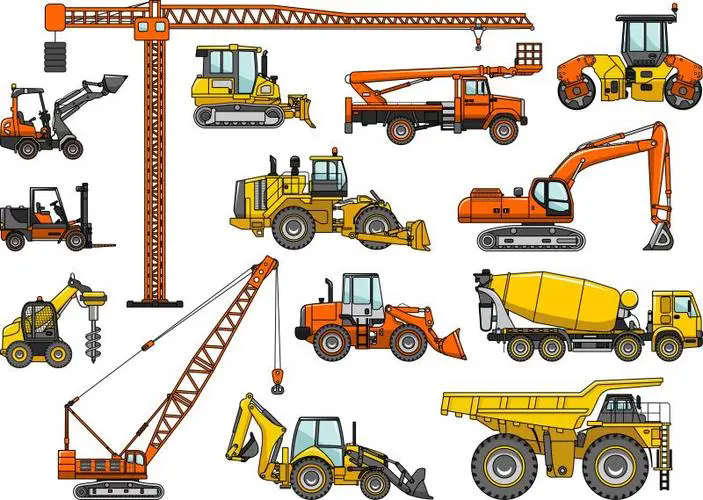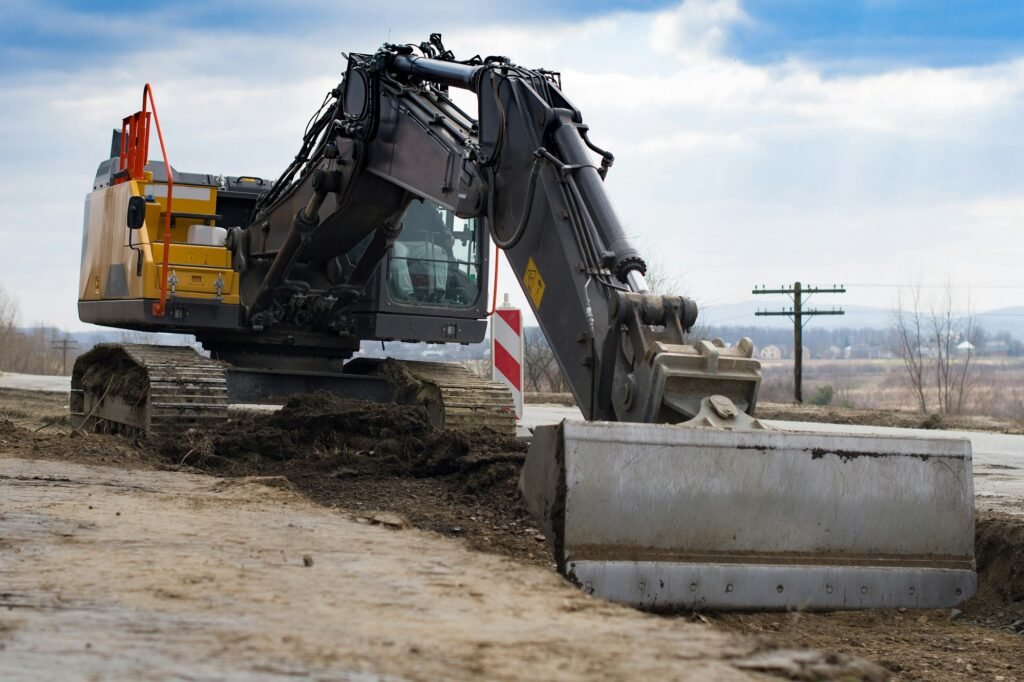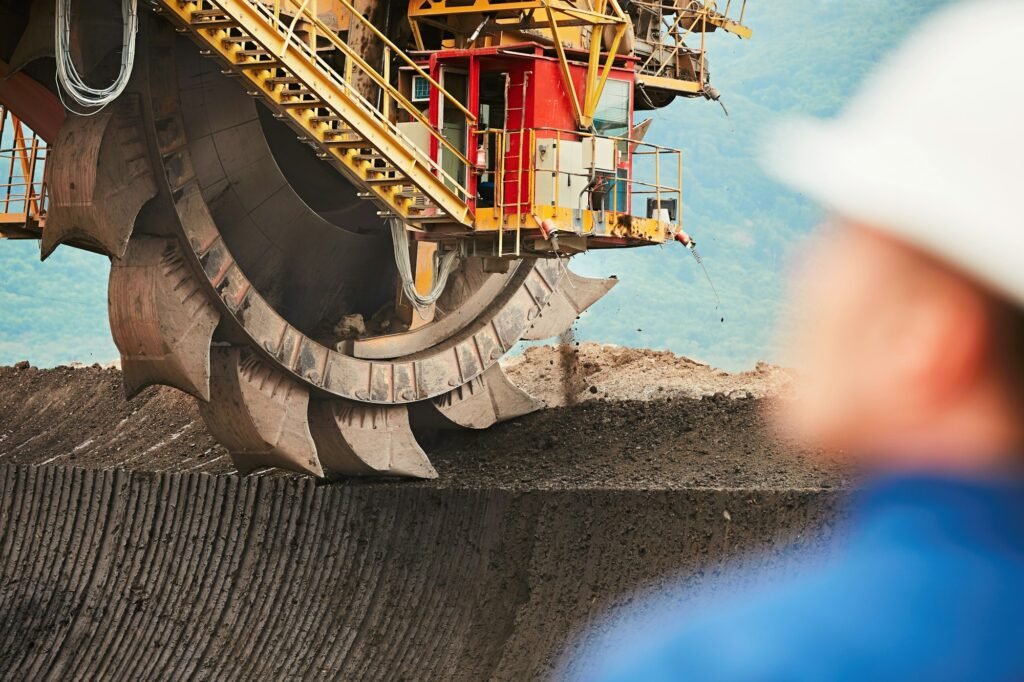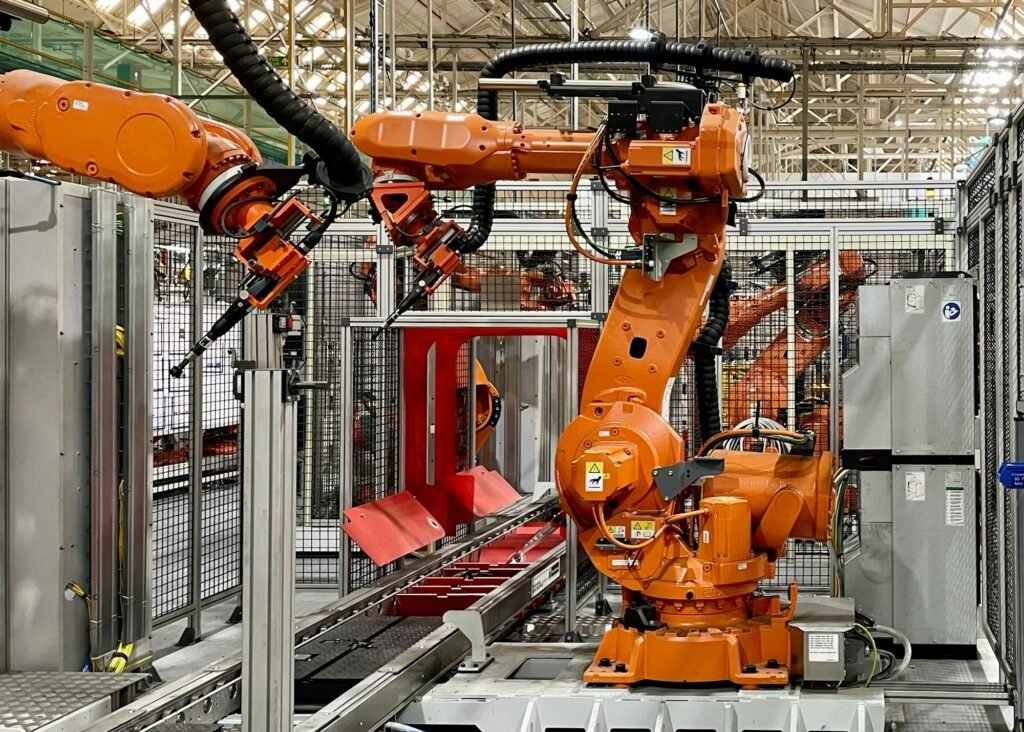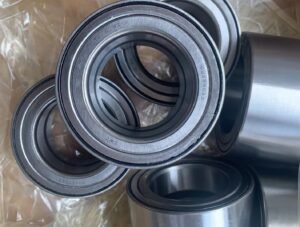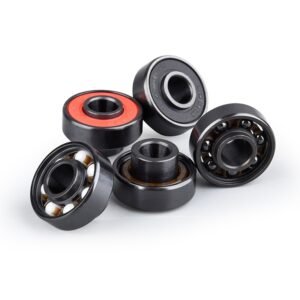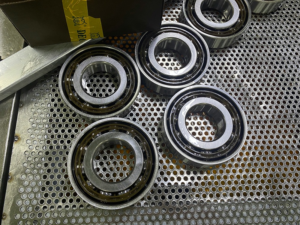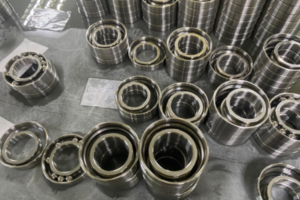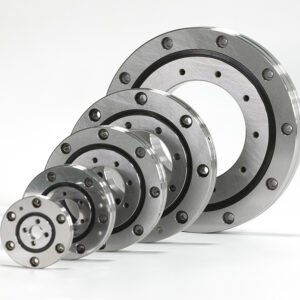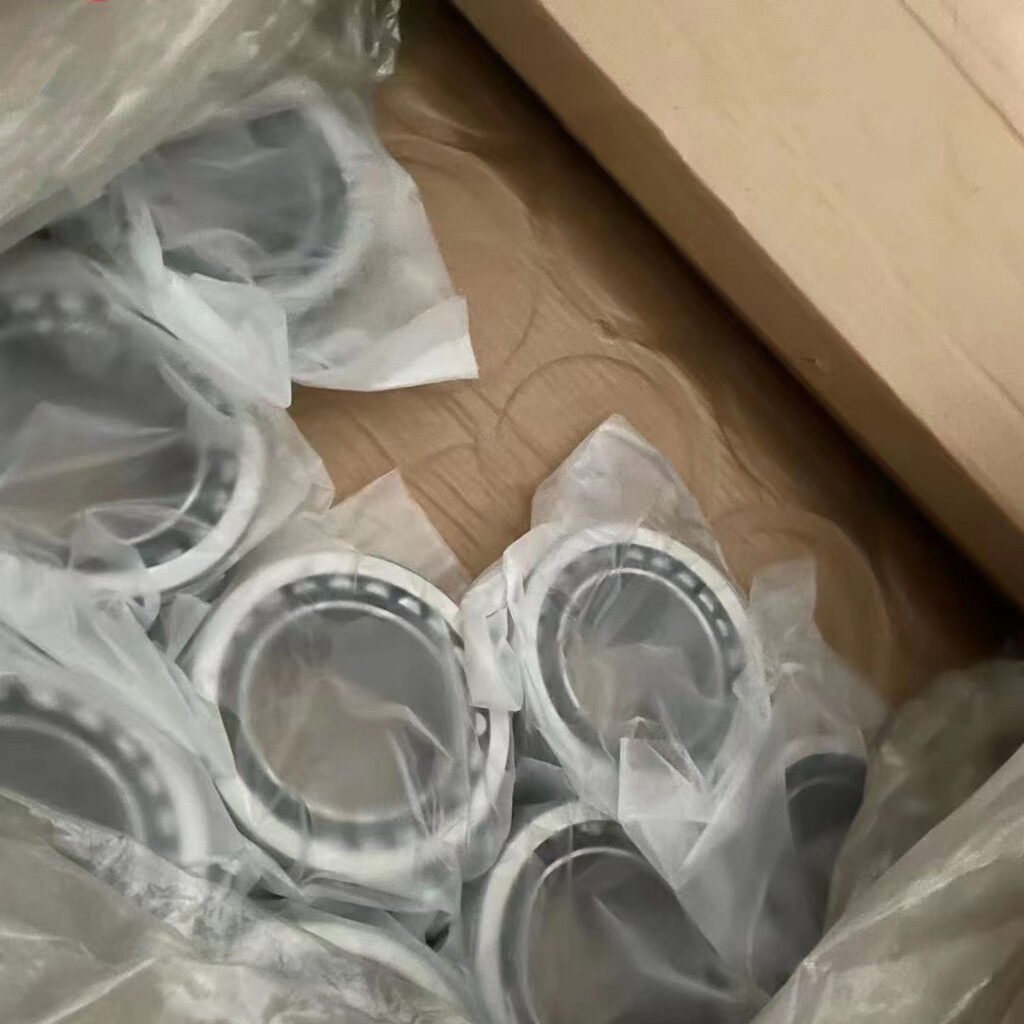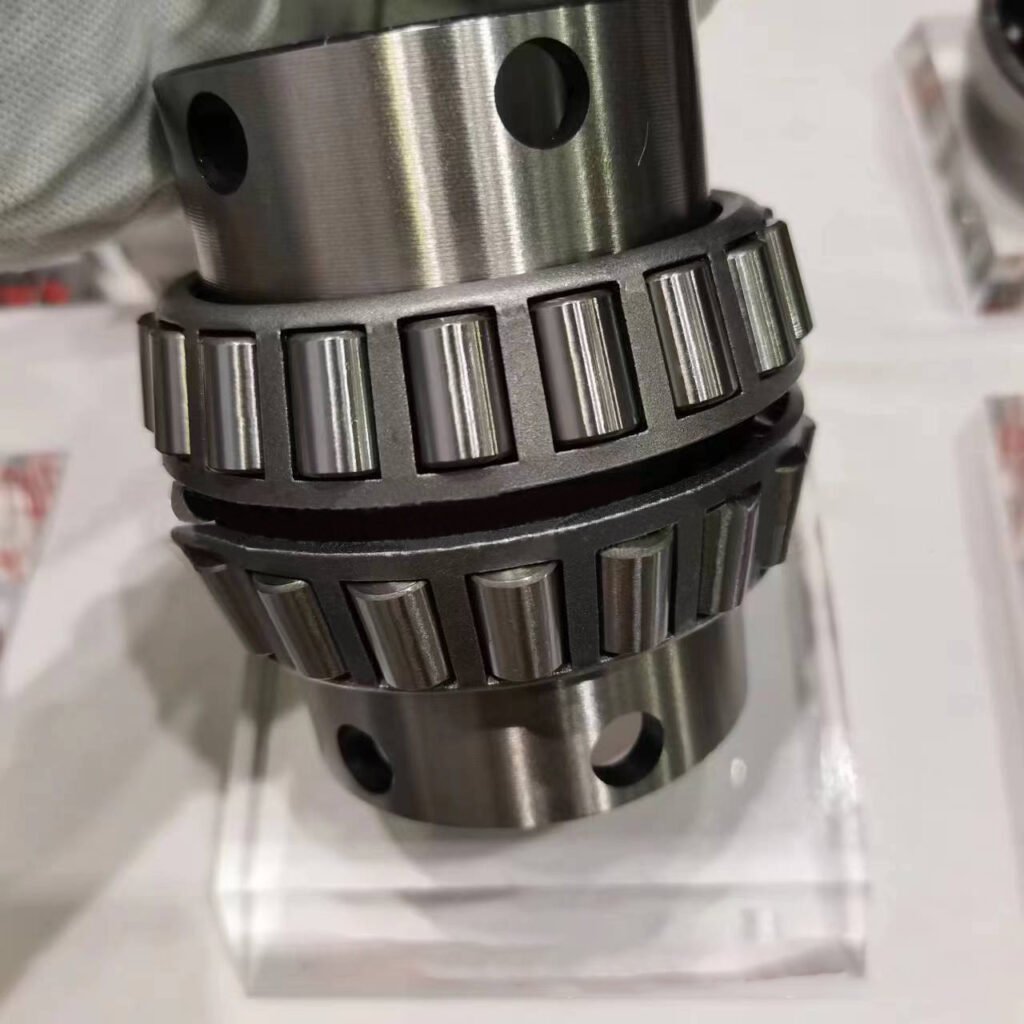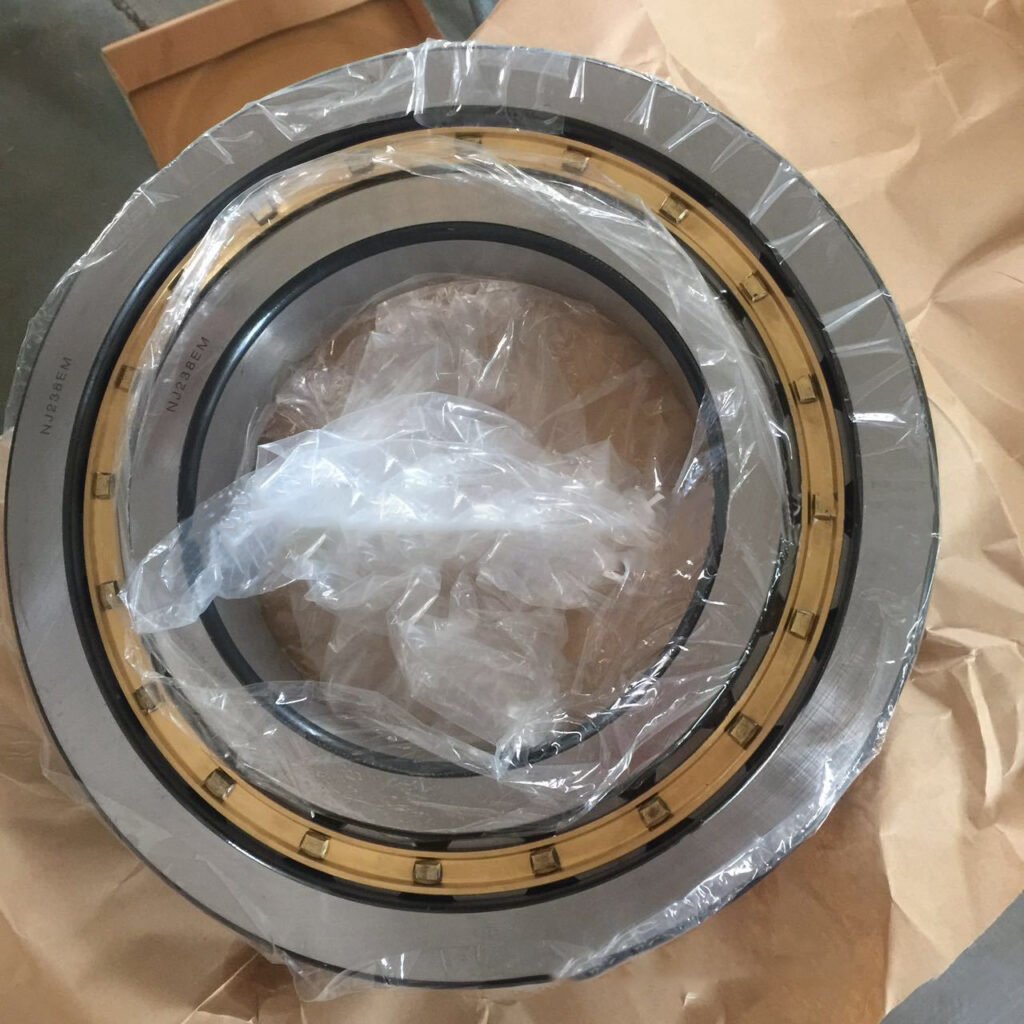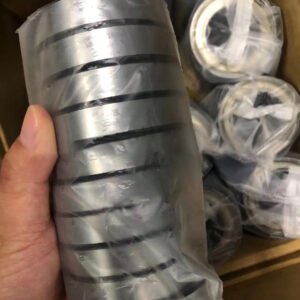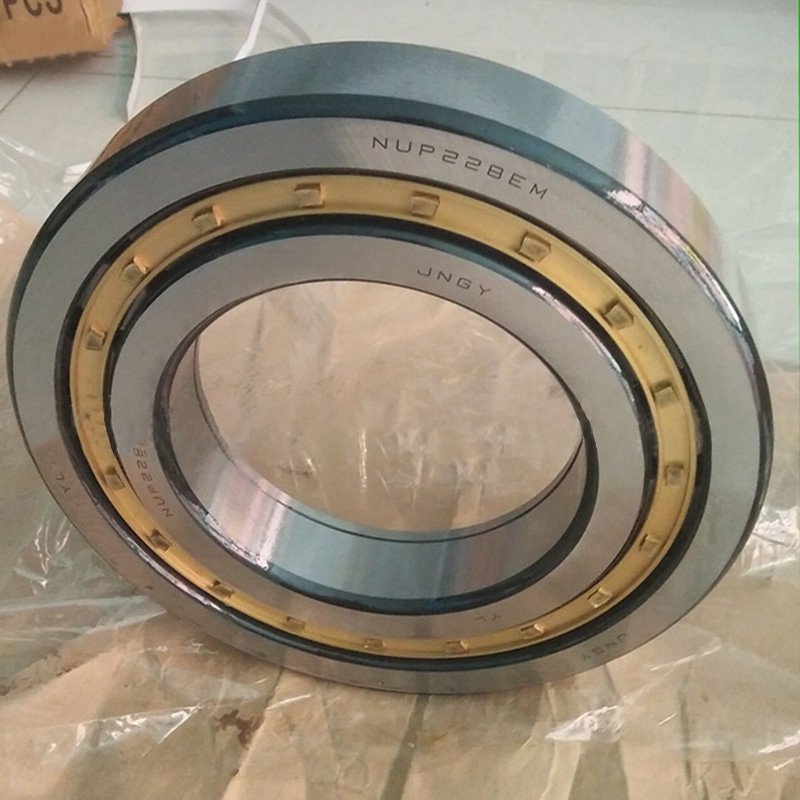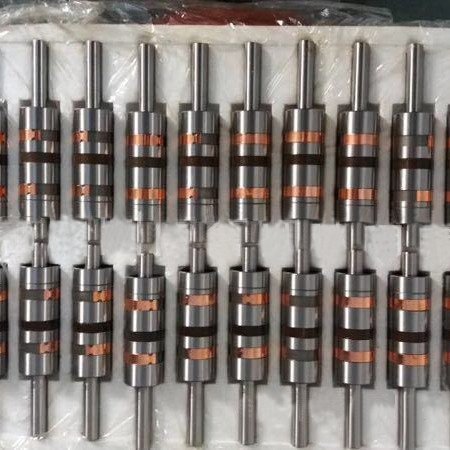The two types of bearings commonly used in motors are deep groove ball bearings and cylindrical roller bearings. So what are the differences between these two types of bearings? Knowing these differences will help you make a better choice. In this article, the author Maxwell will make an in-depth analysis of the differences between these two types of bearings. Please read this article carefully.
Structural Differences
1. Rolling Element Shape:
– Cylindrical Roller Bearings: These bearings use cylindrical rollers as rolling elements. The rollers are long, cylinder-shaped, and are in linear contact with the raceways, which enables them to support higher radial loads.
– Deep Groove Ball Bearings: These bearings use balls as rolling elements. The balls are in point contact with the raceways, which allows them to accommodate both radial and axial loads.

Cylindrical roller bearings
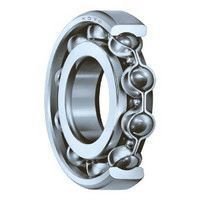
deep groove ball bearings
2. Raceway Design:
– Cylindrical Roller Bearings: The raceways are flat or slightly curved, designed to guide the cylindrical rollers with minimal friction. The shape allows for high radial load capacity but limits axial load support in most designs.
– Deep Groove Ball Bearings: The raceways are deep, creating a deep groove that conforms closely to the shape of the balls. This design supports both radial and axial loads effectively.
3. Alignment Tolerance:
– Cylindrical Roller Bearings: They have low tolerance for misalignment because the rollers need to maintain accurate alignment to the raceway to function properly.
– Deep Groove Ball Bearings: These bearings offer slightly more tolerance for misalignment compared to cylindrical roller bearings, though they are still sensitive to misalignment over time.
Speed Capability Difference
– Cylindrical Roller Bearings: These bearings can handle moderate to high speeds, but not as high as ball bearings due to higher friction from line contact.
– Deep Groove Ball Bearings: These bearings are generally better suited for higher-speed applications due to the low friction generated from the point contact of the balls.
Load Difference
1. Load Carrying Capacity:
– Cylindrical Roller Bearings: These bearings are primarily designed for high radial loads due to the larger contact area between the rollers and the raceway.
– Deep Groove Ball Bearings: These bearings can handle moderate radial loads but also have the ability to support axial loads in both directions due to the deep groove structure.
2. Axial Load Support:
– Cylindrical Roller Bearings: Typically, these bearings are not designed to handle significant axial loads unless they have specific modifications like flanges or thrust configurations.
– Deep Groove Ball Bearings: They are capable of supporting axial loads in both directions, which makes them versatile for applications where combined loads are present.
Application Difference
1. Applications:
– Cylindrical Roller Bearings: Often used in heavy-duty applications that require high radial load capacity, such as gearboxes, electric motors, and pumps.
– Deep Groove Ball Bearings: Widely used in applications requiring high-speed performance and the ability to support combined loads, such as in automotive, household appliances, and electric motors.
I have already covered the characteristics of cylindrical roller bearings and deep groove ball bearings in depth in my other two articles. Please click on the links below to read them.
Conclusion
Both types of bearings have their own advantages and are widely used. Choose the most suitable bearing according to the actual application requirements. If you don’t understand these contents clearly, you can seek help from professional bearing application engineers.

